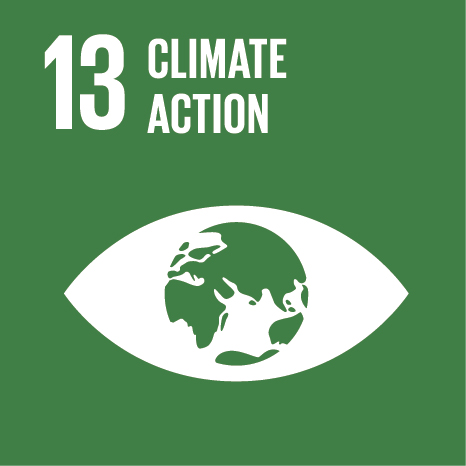Ciência_Iscte
Publications
Publication Detailed Description
A low energy demand scenario for meeting the 1.5 degrees C target and sustainable development goals without negative emission technologies
Journal Title
Nature Energy
Year (definitive publication)
2018
Language
English
Country
United Kingdom
More Information
Web of Science®
Scopus
Google Scholar
This publication is not indexed in Google Scholar
Abstract
Scenarios that limit global warming to 1.5?°C describe major transformations in energy supply and ever-rising energy demand. Here, we provide a contrasting perspective by developing a narrative of future change based on observable trends that results in low energy demand. We describe and quantify changes in activity levels and energy intensity in the global North and global South for all major energy services. We project that global final energy demand by 2050 reduces to 245?EJ, around 40% lower than today, despite rises in population, income and activity. Using an integrated assessment modelling framework, we show how changes in the quantity and type of energy services drive structural change in intermediate and upstream supply sectors (energy and land use). Down-sizing the global energy system dramatically improves the feasibility of a low-carbon supply-side transformation. Our scenario meets the 1.5?°C climate target as well as many sustainable development goals, without relying on negative emission technologies.
Acknowledgements
--
Keywords
Fields of Science and Technology Classification
- Physical Sciences - Natural Sciences
- Earth and related Environmental Sciences - Natural Sciences
- Other Natural Sciences - Natural Sciences
- Materials Engineering - Engineering and Technology
- Environmental Engineering - Engineering and Technology
- Economics and Business - Social Sciences
- Other Humanities - Humanities
Funding Records
| Funding Reference | Funding Entity |
|---|---|
| 678799 | Comissão Europeia |
| UID/SOC/03127/2013 | Fundação para a Ciência e a Tecnologia |
| SFRH/BPD/91183/2012 | Fundação para a Ciência e a Tecnologia |
| 637462 | Comissão Europeia |
Contributions to the Sustainable Development Goals of the United Nations
With the objective to increase the research activity directed towards the achievement of the United Nations 2030 Sustainable Development Goals, the possibility of associating scientific publications with the Sustainable Development Goals is now available in Ciência_Iscte. These are the Sustainable Development Goals identified by the author(s) for this publication. For more detailed information on the Sustainable Development Goals, click here.

 Português
Português




